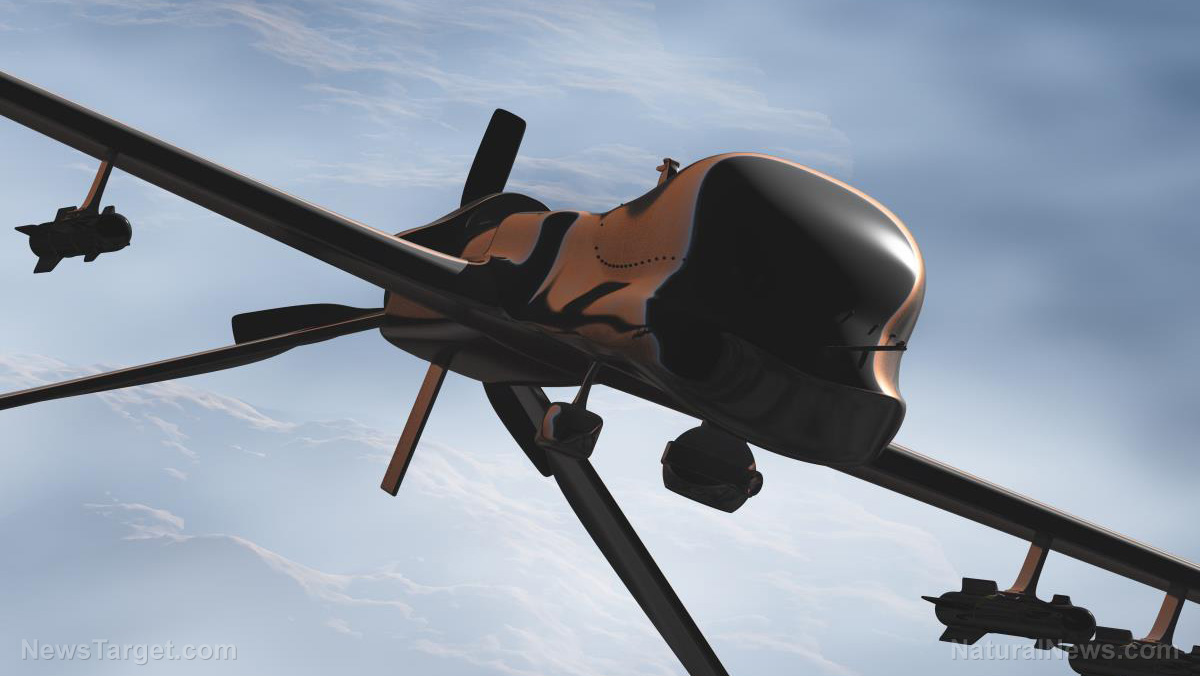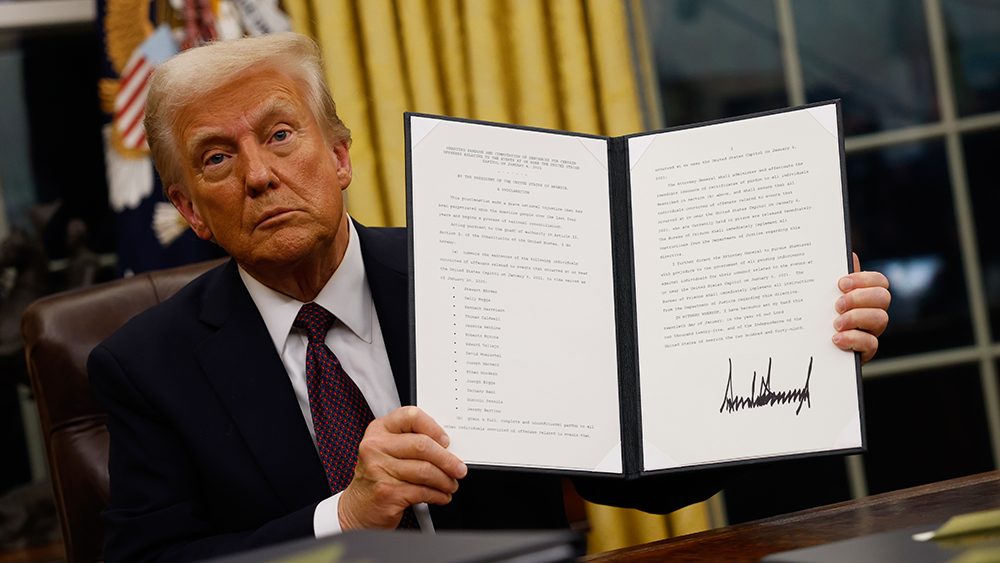
"The general reputation for every class of U.S. drone in Ukraine is that they don't work as well as other systems," Silicon Valley company Skydio Chief Executive Adam Bry said, calling his own drone "not a very successful platform on the front lines."
WSJ reported that there has been a deluge of venture capital invested in startups trying to build small, artificial intelligence-powered aircraft, hoping to sell them to the U.S. government. They focused on commercial drones that can be built faster and cheaper than the large military drones made by traditional defense contractors. To date, about 300 U.S.-based drone technology companies have raised a total of around $2.5 billion in venture capital funding in the past two years, according to the data firm PitchBook.
Drones from American startups have been deemed glitchy and expensive, prompting Ukraine to turn to alternatives from China https://t.co/b6YtWiqEpM https://t.co/b6YtWiqEpM
— The Wall Street Journal (@WSJ) April 10, 2024
However, Ukrainian officials have found U.S. drones fragile and unable to overcome Russian jamming and Global Positioning System (GPS) blackout technology. There are times when they can't even take off, complete missions or return home. Moreover, the drones often fail to fly at the distances advertised or carry substantial payloads. "Small American drones for the battlefield have been underdeveloped," Mykola Bielieskov, a senior analyst at Ukraine's Come Back Alive, a charity that has supplied more than 30,000 drones to the military, said. Even some of the drones that the Department of Defense (DoD) has deemed fit for American soldiers have not fared well in the conflict, the WSJ report indicated. Some problematic weapons included AeroVironment Switchblade 300 loitering munitions, Velos Rotors V3 helicopter drones and unmanned aerial vehicles (UAVs) made by Cyberlux.
The report also indicated that Ukraine President Volodymyr Zelensky's troops use some 10,000 small drones a month, which include off-the-shelf models produced by Chinese manufacturer SZ DJI Technology. The said firm was banned from U.S. military use for supposedly posing a national security risk. Ukraine has already developed a domestic drone industry that relies on Chinese components. It is churning out hundreds of thousands of small, cheap drones that can carry explosives. It also produces larger drones that can strike deep into enemy territory and reach Russian ships on the Black Sea.
Ukraine's deputy minister of digital transformation Georgii Dubynskyi claimed that they want to test and use more U.S. drones. "Nevertheless, we are looking for cost-effective solutions," he said.
China’s DJI Tech claims military ban of their drones in the U.S. politically motivated
Ukraine's go-to drone brand DJI said in a statement that it tries to restrict the use of its drones in the war but can't control how they are used after they are purchased. "DJI absolutely deplores and condemns the use of its products to cause harm anywhere in the world," the statement said.
Meanwhile, the U.S. previously slammed DJI and accused it of being a Chinese military company and a surveillance tool for Beijing. The drone maker vehemently denied the allegations. Still, the Pentagon has banned its drones in the U.S. military, and congressional legislation would ban new DJI products in the United States. DJI pushed back and said that the proposed ban was politically motivated and the product of lobbying by American drone companies trying to eliminate competition.
According to drone executives and former defense officials, the shortcomings of U.S. drone makers are partly the result of the U.S. government's policy response to China. DoD has imposed strict requirements on drone manufacturers, including a ban on Chinese components, which has made it more expensive and harder to build small drones, the former officials explained.
The WSJ report also included that a DoD program launched in 2020 to help startup company drones sell to the U.S. military doesn't allow drone makers to update their software without government approval. This requirement can leave the drones made according to U.S. regulations vulnerable to evolving methods of cyberattacks and electronic warfare. A spokeswoman for the Pentagon's Defense Innovation Unit said software changes on drones must be assessed for security and that the unit is trying to improve the process to provide software approval within a few days. Moreover, Skydio employees went back to Ukraine 17 times to get feedback, Bry said. Its new drone is built around Ukraine's military needs and feedback from public safety agencies and other customers, he said, rather than the DoD requirements that are sometimes divorced from battlefield realities.
It was also reported that Ukraine has requested thousands of the new Skydio X10, which has a radio that can switch frequencies on its own as soon as its signal is jammed by electronic interference. It also has better navigation capabilities so it can fly at high altitudes without GPS, the startup claimed. "It is critical for Skydio, and I think the U.S. drone industry at large, that we make X10 succeed at scale on the battlefield in Ukraine," Bry said. "There's no alternative. As a country, we can't miss this."
Head over to WeaponsTechnology.news to read more stories on the war chests being utilized in the ongoing Russia-Ukraine war.
Sources for this article include:
Please contact us for more information.






















